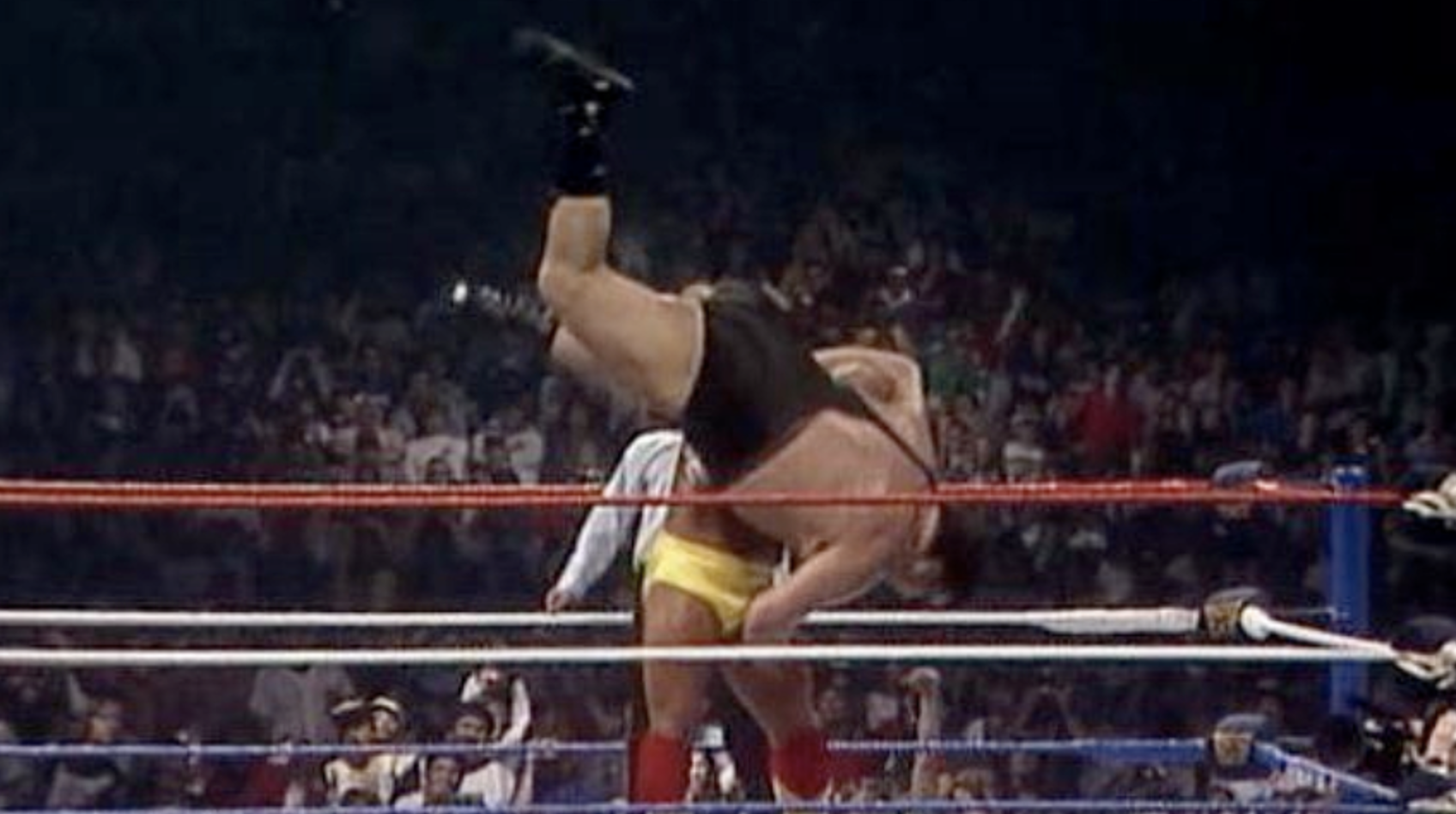How WrestleMania Almost Killed WWE

The official WWE narrative treats WrestleMania I as a destiny fulfilled.
In truth, it was a near-death experience for the company. The financial risks were astronomical, the potential pitfalls were everywhere, and Vince McMahon’s dream of wrestling as mainstream entertainment could have ended in disaster. Instead, WrestleMania became the foundation for WWE’s empire. But the lesson of WrestleMania I is clear: WWE’s biggest successes have often come from its biggest risks, regardless of the damage they may inflict on other aspects of the industry. In another universe, WrestleMania flops, the company collapses, and wrestling remains a fragmented regional business. History remembers the winners. But before WrestleMania won, it almost lost everything.
While the inaugural event proved to be a landmark achievement, not every edition of the event would be an unqualified success. The following years saw varying degrees of triumph and failure, both creatively and financially. WrestleMania II was an ambitious but flawed attempt to scale up the brand’s reach by broadcasting from three separate locations. Though the New York, Chicago, and Los Angeles destinations succeeded in adding grandeur to the show, the concept made for a disjointed viewing experience, with dead crowds and weak, abbreviated in-ring action in some arenas. WrestleMania III, however, was a defining moment. Held in the Pontiac Silverdome in front of a (contested but nonetheless massive) announced attendance of 93,173 fans, it set a new standard for wrestling as a North American major stadium event. Hulk Hogan’s bodyslam of Andre the Giant became one of the most iconic moments in wrestling history, and the show was both a critical and commercial triumph.
The event solidified WrestleMania as wrestling’s Super Bowl. However, the hype became harder to harness. WrestleMania IV struggled under the weight of its tournament format. While it had historical importance, its real success was in how it kickstarted the story that made WrestleMania V was another financial hit. The reliance on the long-building feud between Hulk Hogan and Randy Savage overshadowed an otherwise average undercard. The 1990s brought a similar mix of high points and missteps. WrestleMania VI saw the landmark passing of the torch moment between Hulk Hogan and The Ultimate Warrior, but it hid the commercial iceberg on the horizon. WrestleMania VII was advertised for the Los Angeles Coliseum in order for the company to break 100,000 sold, but the opposite was true of WWE's business, and the event was moved to the arena next door amidst a line about Sgt Slaughter's pro-Iraq gimmick being a security threat in an open-air setting. WrestleMania VIII looked visually like the bloom had never left the rose, but the it proved to be the final bow of the company's golden era. The talent turnover between the show and the Hoosier Dome and the Caesers Palace car park was best displayed by the visual disparity between the two shows, and when the company returned to Madison Square Garden ten years on from WrestleMania I, the vibes couldn't have been more different.
(CONT'D)